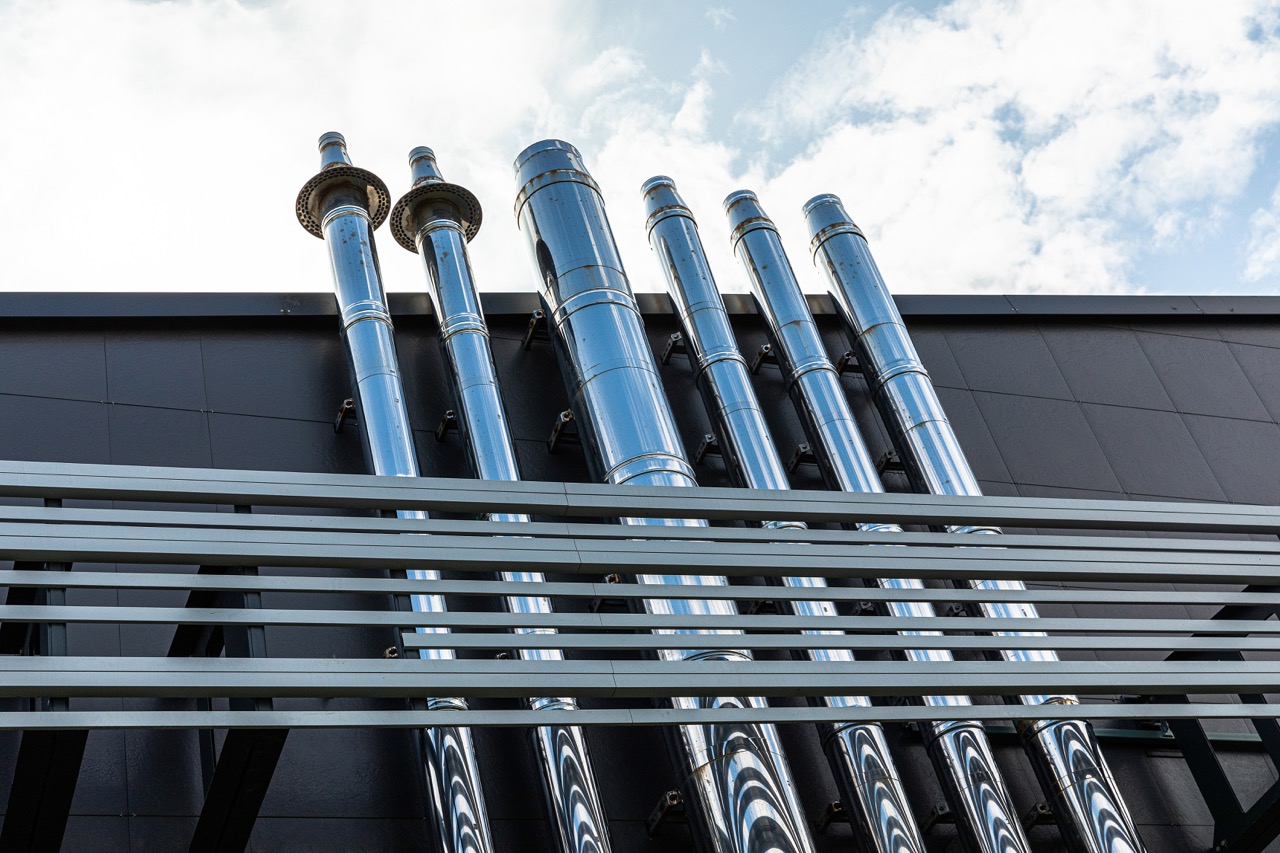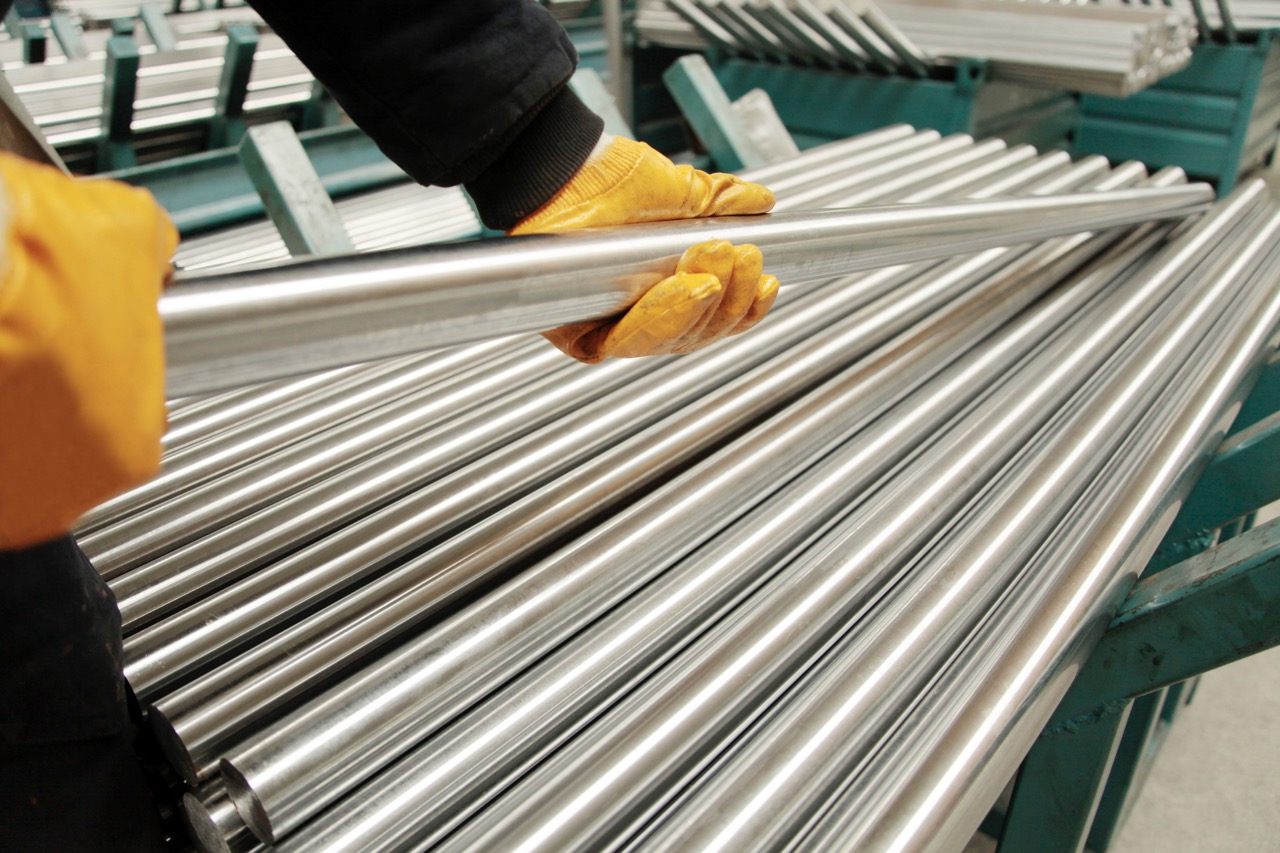
Stainless Steel vs. Copper Pipes: A Detailed Comparison

We look for pipes and fittings for water and gas transfer that are strong, durable, hygienic, and easy to install. Stainless steel and copper are the most common options available. In this article, let us compare both options.
Composition
- Stainless Steel Pipes and Fittings: These are made from an alloy of iron, carbon, and at least 10.5% chromium.
- Copper Pipes: Copper pipes are made of copper and contain small amounts of lead or bismuth to improve machinability and durability
Stainless Steel Pipes and fittings
- The chromium in stainless steel forms a light layer of chromium oxide on the surface and it provides resistance to corrosion
- Stainless steel pipes and fittings offer high tensile strength, making them perfect for high-pressure applications
- It resists wear and tear and is unlikely to crack or degrade over time. Thus, stainless steel pipes and fittings are durable
- It has the ability to tolerate high and low temperatures and hence it can be used in various extreme environments.


Copper Pipes
- Copper has thermal conductivity and is suited for heat exchange systems
- Copper naturally resists corrosion as it develops a patina over time
- Copper is highly malleable and it is easy to shape and bend. It doesn’t break in the process
- Copper is naturally antimicrobial and hence advisable to use for water pipes and other sanitary applications
advantage of Stainless Steel Pipes and fittings:
- It is durable with a long service life even in harsh environments.
- The smooth surface prevents bacteria and other microorganisms and makes it a safe choice.
- Stainless steel pipes and fittings can be completely recycled and hence it is eco-friendly.
advantage of Copper Pipes:
- Copper pipes are lightweight, making them easier to handle and install.
- As it is heat Resistant, it is excellent for hot water systems.
- Copper is abundant and has been utilized in plumbing and industrial applications for centuries.
Disadvantages of Copper Pipes
Copper pipes can be costly as their cost in raw state keeps fluctuating. The installation and fixing of copper pipes can be an issue when it comes to welding joints. Copper pipes corrode in highly acidic or alkaline water making it unfit for humans. It doesn't match the strength of stainless steel pipes and fittings.. Hence it cannot be used for high-pressure applications.
Application
Stainless Steel pipes and fittings are now widely used in for various infrastructural projects, residential complexes, and diverse industries. Copper is widely used in heating, ventilation, and air conditioning systems due to its thermal conductivity.
Are there positive health benefits of using stainless steel pipes and fittings?
Copper pipes release copper ions into drinking water, and small amounts of copper are not harmful to people’s health. However, due to corrosion, higher concentrations of copper ions are released in drinking water and this can affect health adversely.
Stainless steel pipes and fittings have smooth, hard oxide layers that discourage bacteria and microorganisms from thriving. The purity of the liquid is always maintained in stainless steel pipes and fittings. Due to the above, there has been a shift across the globe where stainless steel is increasingly favoured over copper.
Conclusion
Stainless steel pipes and fittings outperform copper pipes in every aspect like cost, ease of installation, and durability. Insta Pressfit manufactures 316L/304-grade stainless steel pipes and fittings. The fittings like tees, sockets, unions, elbows, reducers, and more are available at best price. The pipes and fittings can be easily installed by using the crimping tools. For more information, connect here.